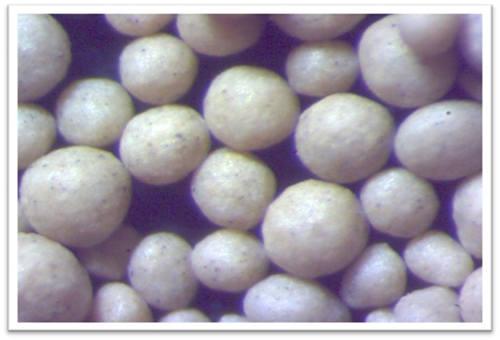 **3
**3
**3
**3 sand casting sand types. Zircon Sand**
Zircon sand, composed mainly of zirconium silicate (ZrSiO₄), is another premium option for sand casting, especially where extreme heat resistance and chemical inertness are required. It exhibits excellent thermal shock resistance, meaning it can withstand rapid temperature changes without cracking. Zircon sand is often used for intricate and high-value castings where surface finish and dimensional accuracy are paramount.
**4. Olivine Sand**
Derived from the mineral olivine, this sand type contains magnesium-iron silicates and is valued for its low thermal expansion, high strength, and resistance to metal penetration. It is particularly beneficial when casting iron and steel components, as it helps prevent the formation of veining defects caused by chemical reactions between the sand and the metal. Its ability to reduce metal penetration makes it suitable for complex, thin-walled castings.
**5. Sodium Silicate-Bonded Sand**
This type of sand employs sodium silicate (water glass) as a binder, forming a chemically bonded mold after curing. It offers enhanced strength and stability compared to green sand, enabling the creation of more complex geometries. Sodium silicate-bonded sands are versatile and can be used for both ferrous and non-ferrous metal casting. They are also known for their good reproducibility and surface finish.
In conclusion, the choice of sand type in sand casting significantly influences the quality, efficiency, and economics of the casting process. From the cost-effective and widely-used green sand to the specialized and high-performance chromite and zircon sands, each variety brings unique advantages tailored to specific casting needs. Understanding these sand types and their properties is crucial for manufacturers to optimize their casting processes and achieve the desired product quality.
Post time:Jun . 25, 2024 01:47
sand casting sand types. Zircon Sand**
Zircon sand, composed mainly of zirconium silicate (ZrSiO₄), is another premium option for sand casting, especially where extreme heat resistance and chemical inertness are required. It exhibits excellent thermal shock resistance, meaning it can withstand rapid temperature changes without cracking. Zircon sand is often used for intricate and high-value castings where surface finish and dimensional accuracy are paramount.
**4. Olivine Sand**
Derived from the mineral olivine, this sand type contains magnesium-iron silicates and is valued for its low thermal expansion, high strength, and resistance to metal penetration. It is particularly beneficial when casting iron and steel components, as it helps prevent the formation of veining defects caused by chemical reactions between the sand and the metal. Its ability to reduce metal penetration makes it suitable for complex, thin-walled castings.
**5. Sodium Silicate-Bonded Sand**
This type of sand employs sodium silicate (water glass) as a binder, forming a chemically bonded mold after curing. It offers enhanced strength and stability compared to green sand, enabling the creation of more complex geometries. Sodium silicate-bonded sands are versatile and can be used for both ferrous and non-ferrous metal casting. They are also known for their good reproducibility and surface finish.
In conclusion, the choice of sand type in sand casting significantly influences the quality, efficiency, and economics of the casting process. From the cost-effective and widely-used green sand to the specialized and high-performance chromite and zircon sands, each variety brings unique advantages tailored to specific casting needs. Understanding these sand types and their properties is crucial for manufacturers to optimize their casting processes and achieve the desired product quality.
Post time:Jun . 25, 2024 01:47
Next:Steel Sand Casting Foundry Processes & Techniques Explained
